Small Guide to Experiential Tourism
Note: the concepts presented in this article have been revisited as the concept of experiential offer in a broad sense (Experience) and experiential offer in a strict sense (Full Esperience) has been introduced. Please refer to: For a correct definition of Experiential Tourism
What is experiential tourism and how to recognize it. Difference between experiential tourism and experiential offer.
by Ignazio Caloggero
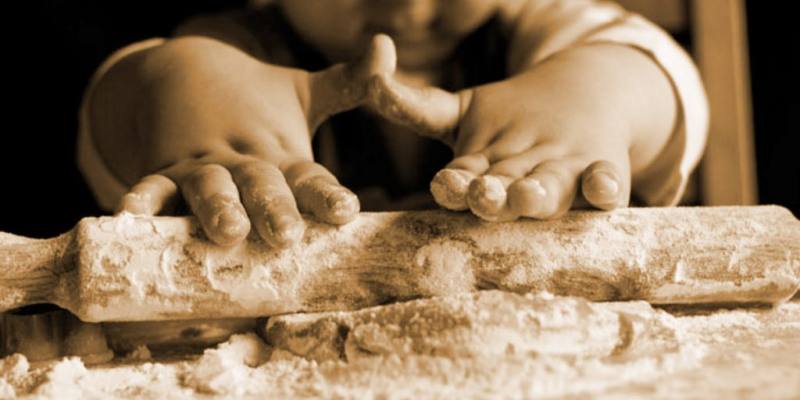
In a previous article "Which Tourism for the Future"Which I invite you to review, I recalled the definitions of:
- Tourism,
- Tourist
- Integrated Tourism
- Sustainable tourism
- Cultural Tourism
I also provided a first definition of "Experiential Tourism" and tried to deepen some aspects related to sustainable, cultural and experiential tourism.
In this article I will restart from some aspects relating to Experiential Tourism which presents, at least for some, points that are not entirely clear. In particular, I will try to distinguish the concept of experiential tourism from that of "experiential offer", the difference between the two concepts, although subtle, is not only semantic but substantial. Finally, I will present some examples to understand what an experiential offer is and what it is not.
What is experiential tourism
The sector bibliography does not provide a formal and univocal definition of experiential tourism, I propose, starting from the definition of cultural tourism provided by the World Tourism Organization (OMT), the following definition:
Experiential Tourism
"Experiential Tourism is a form of cultural tourism that allows you to immerse yourself in the local lifestyle and in everything that constitutes its identity and character, satisfies the search for the authenticity and uniqueness of the tourist experience, allows acquire multisensory experiences and involve emotionally, physically and intellectually "
(Ignazio Caloggero).
Let's analyze the individual parts of the definition of Experiential Tourism
- It is a form of cultural tourism that allows you to immerse yourself in the local lifestyle and in everything that constitutes its identity and character.
- Satisfy the search for the authenticity and uniqueness of the tourist experience
- It allows to acquire multisensory experiences
- It involves on an emotional, physical and intellectual level
- Experiential Tourism is a form of cultural tourism.
Cultural tourism has as its main motivation the use of cultural assets. Cultural property can obviously be material (monuments, churches, museums, castles, historical and archaeological sites, etc.) but also immaterial, in its broadest sense and in accordance with the definition of Intangible Cultural Heritage provided by the UNESCO Paris Convention of 2003. which also identifies the areas of human activity with which this heritage is manifested:
- Traditions and oral expressions;
- Performing arts;
- Social practices, rituals and parties;
- Knowledge and practices concerning nature and the universe;
- Traditional handicraft.
Also, I think you will find many of us agree that experiential tourism “Allows you to immerse yourself in the local lifestyle and in everything that constitutes its identity and character”If this is true it is equally true that this sentence is extracted from the definition of cultural tourism provided by the World Tourism Organization (OMT), in conclusion: experiential tourism is a form of cultural tourism.
2) Experiential Tourism satisfies the search for the authenticity and uniqueness of the tourist experience
The authenticity and uniqueness of the experience lies precisely in the nature of the offer. The experiential offering is not a serial, mass and impersonal offering. The products and services, possibly included in the tourist offer, are only an indirect aspect, the essential components are emotions, sensations, the ability to “feel” and “discover” something different from the usual, local customs and traditions. The experiential offering is characterized by a strong human relationship that is created between those who offer the experience and those who receive it.
3) Experiential Tourism allows to acquire multisensory experiences
Experiential Tourism is a form of learning, in fact it allows you to learn something new through the learning model called "Experiential Learning" which sees direct and physical involvement in the activities associated with the tourist offer (Ex: cooking, harvesting , milking, making artisan products, etc.) and through the involvement, if possible, of the 5 senses: sight, hearing, taste, smell and above all, touch. The 5 senses are certainly involved in the experiential offers related to food and wine, in others, such as the creation of handicrafts, the taste may not be stimulated but it certainly remains a multisensory experience if all the other senses are activated and if you have a real and direct participation.
Note: Experiential learning is a learning model based on direct experience. It was studied by two great pedagogists such as John Dewey (1859-1952) and Jean Piaget (1896-1980) and by the psychologist Kurt Zadek Lewin (1890-1947), but it spread thanks to David Kolb (1939) who, on the basis of previous studies, developed the "theory of experiential learning". Experiential learning is seen as a learning process built with experience and discovery, therefore based on concrete experiences where knowledge is created through the transformation of experience ”.
4) Experiential tourism involves emotionally, physically and intellectually
This aspect derives automatically from the others previously described, direct and active participation, learning / discovering something new, the empathic communication skills that the person offering the experience should have, receiving "sensations" are the basis for real involvement emotional, physical and intellectual.
Typical elements of experiential tourism:
- Learn something new through the learning model called "Experiential Learning"
- knowledge of places and elements of local identity and uniqueness
- create a bond with local people to hear stories based on their real experience
- knowledge of traditions, customs and typical local products
- presence of a limited number of people who simultaneously take advantage of the experiential tourist offer
- personalization of the experience, also based on the personality of the tourist who plays a central role
- lack of a rigid organization in the use of the tourist offer
- ability to surprise
To speak of experiential tourism and therefore of tourist offer, the presence of a tourist is necessary. Such a statement may seem trivial and obvious, I will try to show that perhaps this is not the case. The World Tourism Organization defines a tourist as anyone who travels to countries other than the one in which he has his habitual residence, outside his daily environment, for a period of at least one night but not exceeding one year, the usual purpose of which is different from the exercise of any remunerated activity within the visited country.
Therefore, a tourist, making at least one overnight stay in a location other than his usual residence, usually also needs other support services necessary for the enjoyment of the experience, not necessarily included in the experiential offer and not necessarily provided by the subjects themselves (catering , accommodation, transport, guided tours, etc.).
So I think it is appropriate to distinguish between the Experiential Tourist Offer and the Experiential Offer, the difference between the two concepts, although subtle, is not only semantic but substantial. The tourist offer certainly includes one or more experiential offers, but it can, indeed, should include the other support services mentioned above. The experience can also be addressed to day visitors, the so-called "hikers".
I propose the following definition:
Experiential offer
It is a multisensory, unique, authentic experience based on human relationships, which allows you to learn something new and to deepen your knowledge of local elements of identity and uniqueness.
(Ignazio Caloggero).
Note: The experiential offer is the main component that characterizes experiential tourism. Multisensoriality is realized through direct and physical involvement (direct participation). The experiential offer is therefore to be considered as a "concrete experienceto ".
The territorial promotion of the experiential tourist offer should be included within a global and integrated offer which also includes other forms of tourism (food and wine, naturalistic, sustainable, seaside and cultural in a broad sense) and tourist services in general (accommodation, catering, transport, etc.).
Some examples of Experiential Offer
To understand if we are faced with an experiential offer, we should ask ourselves the following questions:
- Does the experience include a learning phase through direct and active participation?
- The experience is truly multisensory (involvement of the senses: sight, hearing, touch, smell and, where possible, taste)?
- Does the experience have characteristics of uniqueness and authenticity?
- Is the experience based on human relationships?
- The experience allows to deepen the knowledge of elements of local identity and uniqueness ?.
If the answer is yes to all five questions then we are certainly in the presence of an experiential offer, according to the definition given.
If the answer is affirmative only to the first four questions, we can still speak of a generic offer that sees the concept of experience in the foreground, but it does not fall within the definition of "experiential offer" as we have defined it, as a value is missing. knowledge of the elements of local identity and uniqueness constituted.
If the answer is negative to at least one of the first four questions, we can hardly think of being present at an experiential offer.
Examples
Tasting of typical products
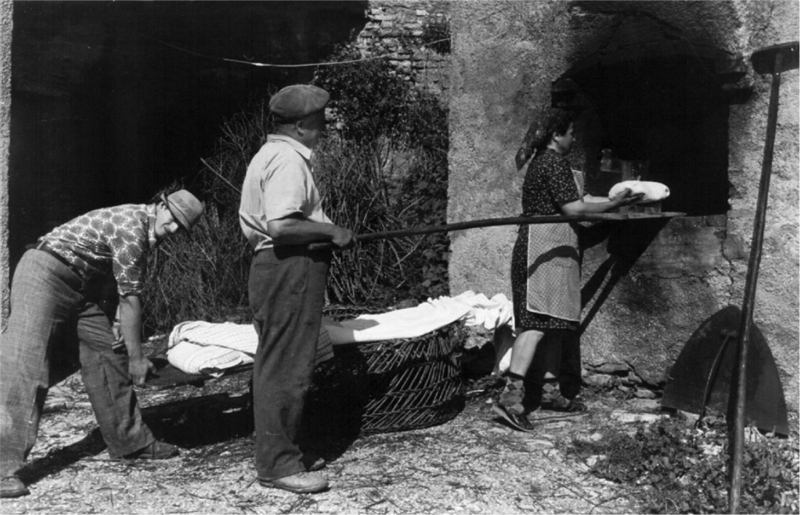
Let us consider the case of the experiential offer of "seasoned bread" (pani cunzatu) made according to ancient peasant traditions, typical in the southern areas and in particular in Sicily. Let's assume that the offer allows you to experience some salient moments of the baking process: kneading, leavening, forming and baking to which are added the "custom"And that of tasting freshly baked bread and "cunzatu", all in the name of conviviality experienced with the baker and the housewives who organized the offer.
We also assume that in some phases the direct intervention of the participants is foreseen (eg dough, molding, cooking, etc.) and that the offer also includes a lesson that illustrates how the various stages of bread-making took place, according to tradition, the working tools, the choice of wood, the techniques for controlling the oven and cleaning the bread at the end of cooking are illustrated.
In the case just mentioned, all the elements that characterize an experiential offer exist: experiential learning, uniqueness and authenticity of the experience, direct participation, human relationships and knowledge of the elements of local identity and uniqueness. In this case we can actually say that the participant "puts his hands in the dough”And all 5 senses are involved: sight, hearing, touch, smell and taste.
If, on the other hand, some elements characterizing the experience are lacking, such as the direct participation of the participants and the offer is limited, for example, to the simple tasting of freshly baked bread, we are not in the presence of a real experiential offer.
Sometimes we see food and wine offers, called "experiential" which are limited to the simple tasting of typical local products, where the learning component is lacking through direct participation. In these cases we can legitimately speak of an offer linked to food and wine tourism, which is always a form of stimulating and interesting cultural tourism but not an offer linked to experiential tourism.
Ceramic processing
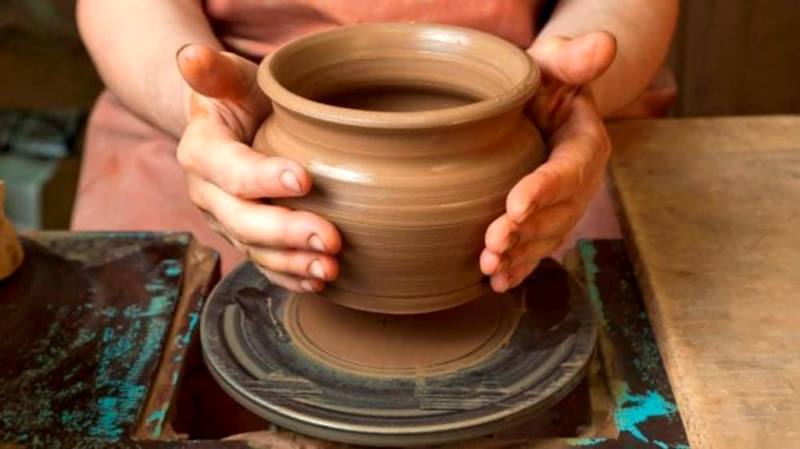
Let's consider the case of a master ceramist from Caltagirone, a city famous for the centenary art of ceramics, who offers, in his laboratory, a lesson on how to make ceramic objects according to local tradition. The lesson includes the direct participation of the participants who will create a product that they will bring with them as a souvenir. Furthermore, the master ceramist takes care to provide some historical notes regarding the history of ceramics, and illustrates the techniques, colors, and shapes of the artifacts according to local tradition.
Also in this case we are in the presence of a concrete and multisensory experiential offer, in fact 4 senses are involved: sight, hearing, touch and smell
In the absence of learning with direct participation as is the case of those who passively assist in the description of how some artifacts are made, one of the main presuppositions that characterizes the experiential offer is missing. Obviously in the latter case we can still talk about an offer linked to cultural tourism.
Naturalistic excursion.
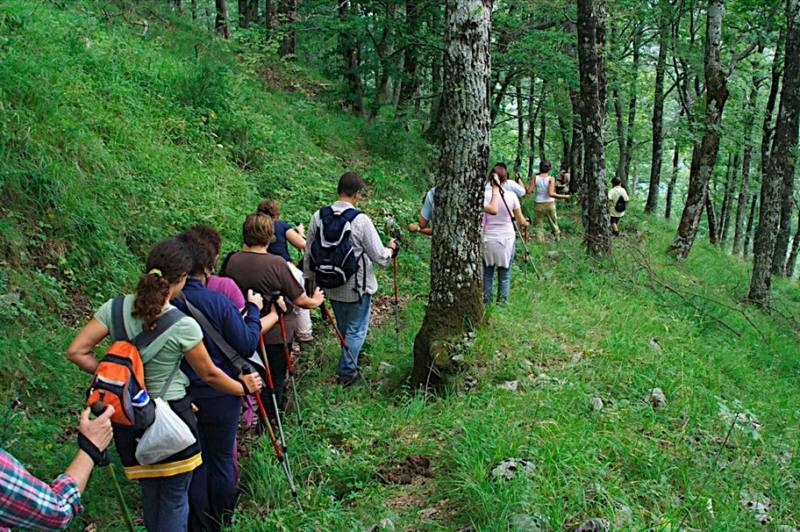
Let's consider the case of a naturalistic excursion (on foot, by bicycle or by other means). The simple naturalistic excursion if not accompanied by very specific elements (multisensory learning, characters of uniqueness and authenticity, human relationships and knowledge of the elements of local identity and uniqueness cannot be considered an experiential offer but can still be considered an offer linked to other forms tourism (eg naturalistic or sporting).
Very different is certainly the situation in which, within the naturalistic excursion, experiential training moments are inserted such as the collection of spontaneous vegetables (mustard, chicory, wild fennel, etc.) accompanied by the explanation that allows them to be recognized and other aspects which describe how they can be linked to traditions, possibly local gastronomic ones.
It is possible to deepen some of the topics covered in the volume: Quality, Operational Models and Competitiveness of the Tourist Offer
A
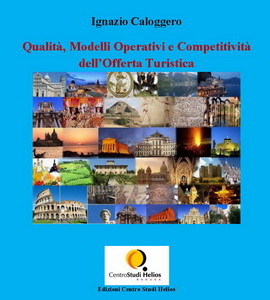 Quality, Operational Models and Competitiveness of the Tourist Offer (Ebook downloadable online)
Quality, Operational Models and Competitiveness of the Tourist Offer (Ebook downloadable online)
Experiential, Cultural and Sustainable Tourism
© Helios Study Center





